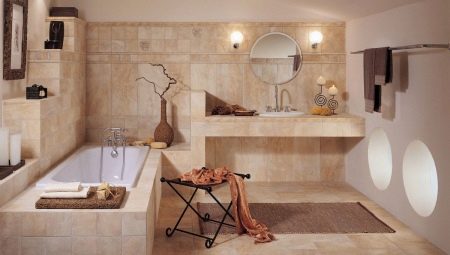Each person strives to create a beautiful and unique interior in his home. At the same time, special attention is paid to the decoration of the rooms. The article will discuss how the stone tiles for a bathroom differ, and what advantages and disadvantages it has.
Varieties
Today, a large number of varieties of stone tiles are produced.
- Floor. This type is used to finish the floor. It is carried out either from porcelain tile or PVC. Such material does not wear off over time, it is characterized by a high degree of resistance to temperature extremes. And also it has excellent wear resistance.
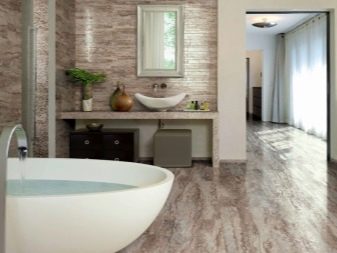
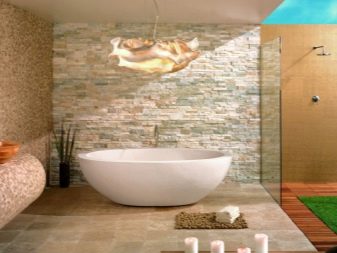
- Wall mounted. This tile is used to decorate wall coverings. It has a small mass, so it is easy to mount.
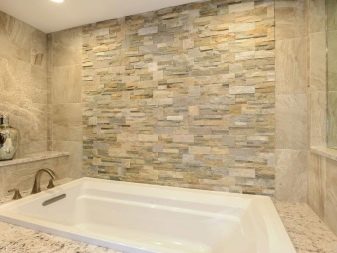
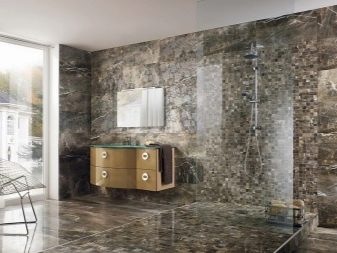
- Ceiling. This variety has a minimum weight compared to other types. Its thickness, as a rule, is not more than one centimeter.
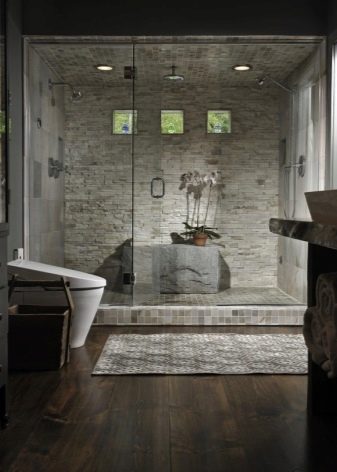
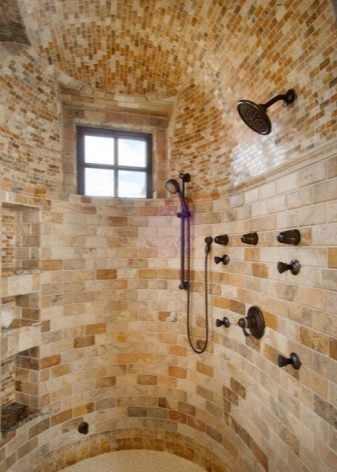
But they also distinguish such tiles depending on the material used for its manufacture:
- gypsum;
- ceramic.
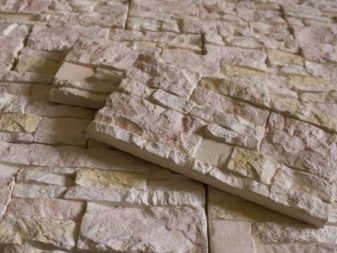
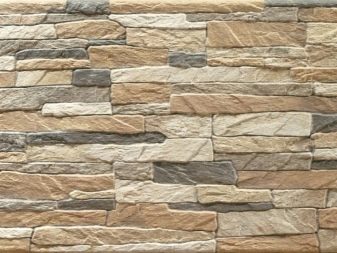
Gypsum
This modification imitates brickwork or natural stone. This material is considered quite durable, it eliminates the need for periodic cosmetic repairs in the bathroom.

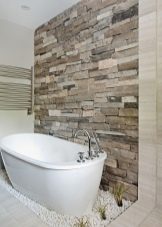
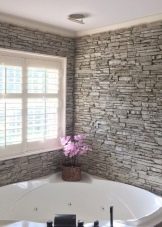

Gypsum tile is divided into painted and unpainted, embossed and smooth. But at the same time, this option is rarely used when decorating bathrooms, because this material is able to absorb a large amount of water. Often, before installation, it is additionally coated with a hydrophobic composition.
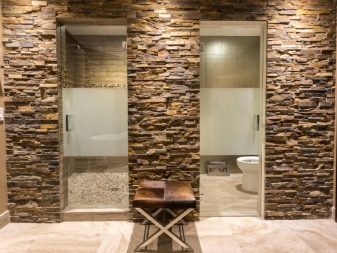
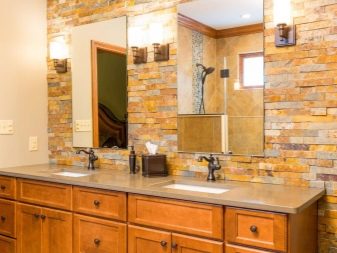
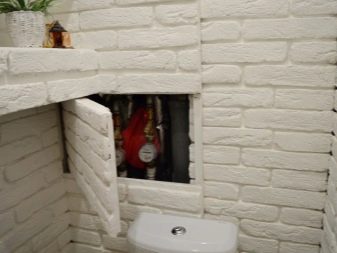

Ceramic
Ceramic tile under a stone has a high level of strength and wear resistance. It can withstand significant loads. Most often, materials are mounted in bathrooms, that mimic onyx or granite. They do not absorb odor and pollution.
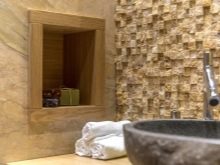
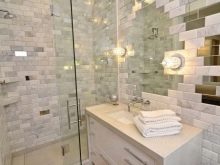
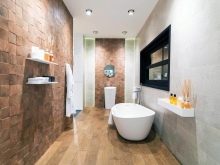
Advantages and disadvantages
Decorative stone tile for the bathroom has several important advantages.
- Burn resistance. The appearance of the tile and the drawings on it for a long time remain unchanged, do not fade.
- Strength and durability. Ceramic tile under a stone will be able to serve for a long time, even if it is subjected to heavy loads or mechanical stress.
- Practicality. This decorative tile is easy to clean, it is not afraid of chemical detergents.
- Universality of application. Such a tile can fit into almost any design style.
- Beautiful appearance. Stone decorative tiles can decorate any bathroom. In addition, today in stores you can find such material with a variety of drawings and a variety of sizes.
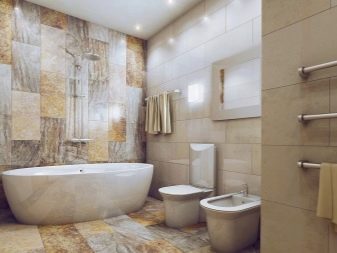
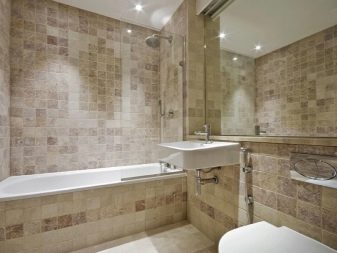
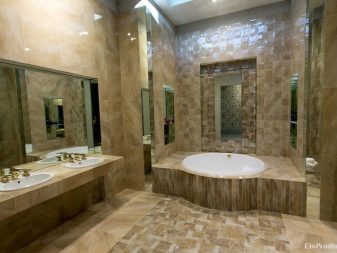
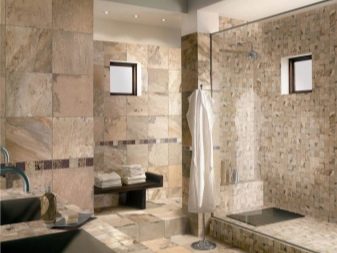
But such a tile has some disadvantages.
- Poor abrasion resistance. Because of this, the installation of such decorative tiles should be done as carefully as possible.
- Gypsum models undergo deformation. This process is due to the fact that such a material has water-absorbing properties.
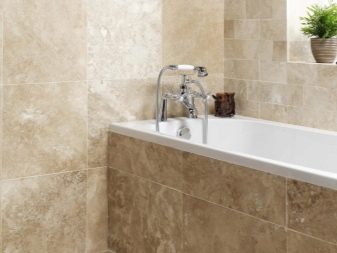
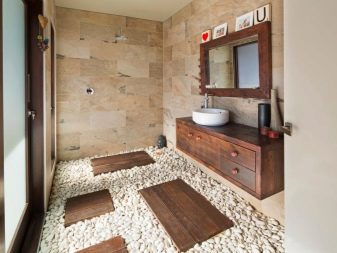
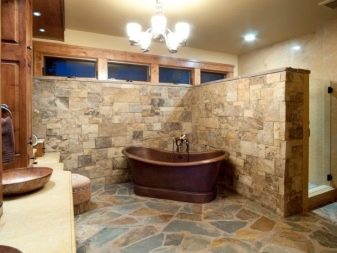
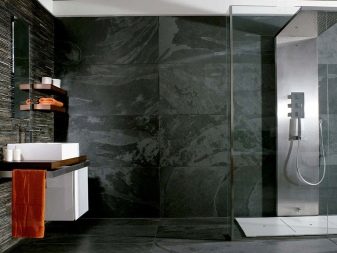
How to choose?
When choosing a decorative tile for stone, be sure to pay attention to the surface of the material. High-quality models should be textured, they can not greatly differ from the surface of natural stone.
Also pay attention so that the surface is not porous, as this indicates the low quality of such tiles. Such material will not be able to last long, it will quickly collapse. Product thickness also needs to be considered. It can vary from 1 to 5 centimeters. Better choose models which have the same thickness over the entire length and width.
Otherwise, it will be difficult to mount on wall coverings.
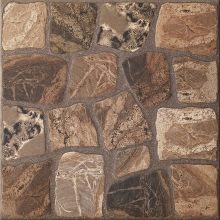
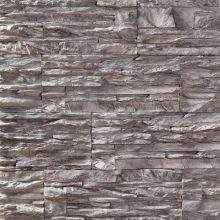
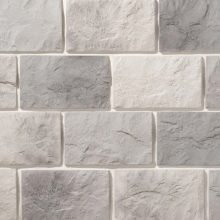
Color spectrum
Finishing tile for a stone bathtub can be of various colors. Besides, the special manufacturing technology of such a material makes it possible to avoid two completely identical tiles.
Today, a popular option is considered granite tiles. Such models will be able to make the design of the bathroom more solid and richer. And also there are samples under malachite. They are used to create an interesting and light interior.
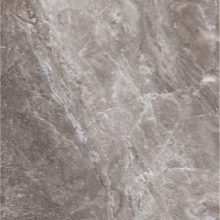
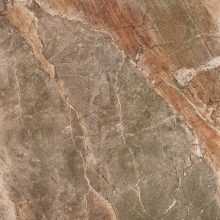
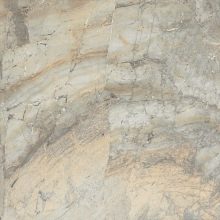
Onyx with light pink, light green and amber shades can make the design easy and unobtrusive. Gray and beige tones. decorative sandstone also perfectly complement the design.
Favorably such material will look in interiors with calm neutral tones.
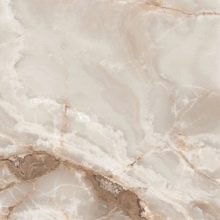
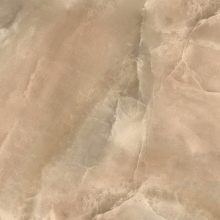
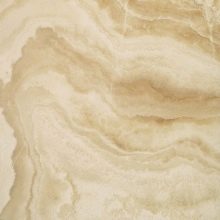
Beautiful examples
In the interior of the bathroom, the gray stone decoration material on one of the walls will look beautiful. At the same time, it is better to design the remaining walls and ceiling in white or milk design. Flooring can be selected dark gray hue. In this design, chrome elements and large mirror surfaces will look great.
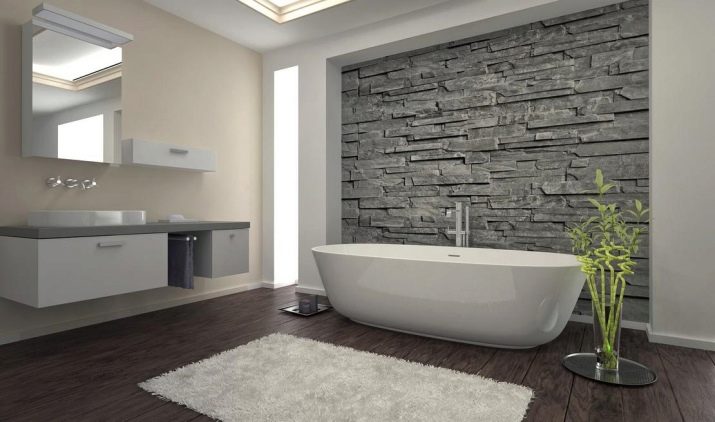
Decorative tile inserts multi-colored stone (gray, red, yellow, beige) Will look great in the interior with white ceilings, with light gray flooring.
Furnishings made of dark wood will look beautiful in such an interior.

An interesting option will be the design with dark brown tiles, walls and floors can be in white or light beige. In such an interior of the bathroom, large elements made of different types of wood can fit in. Marble inserts can also complement the design, make it much richer and more solid.
In the interior of the bathroom with dark brown flooring, with wooden pieces of furniture and with a glass shower, the material will look great from light gray decorative stone.
At the same time, all wall coverings can be made with such a finish.
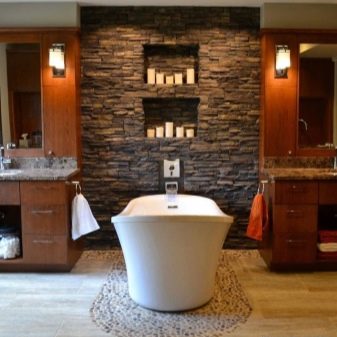
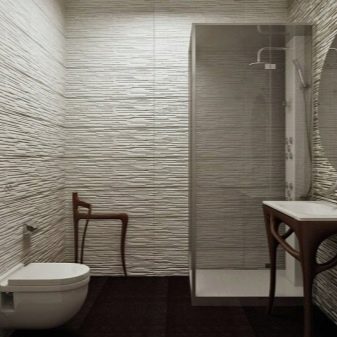
In the interior snow-white narrow bathroom material from large decorative stones of various colors and shapes can fit in. They should only make one of the walls. Often the floor in such designs is made of small round and oval stones for decoration.
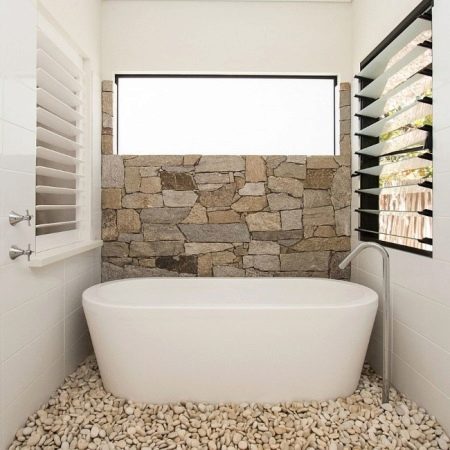
About how to choose a stone tile, see the video below.
